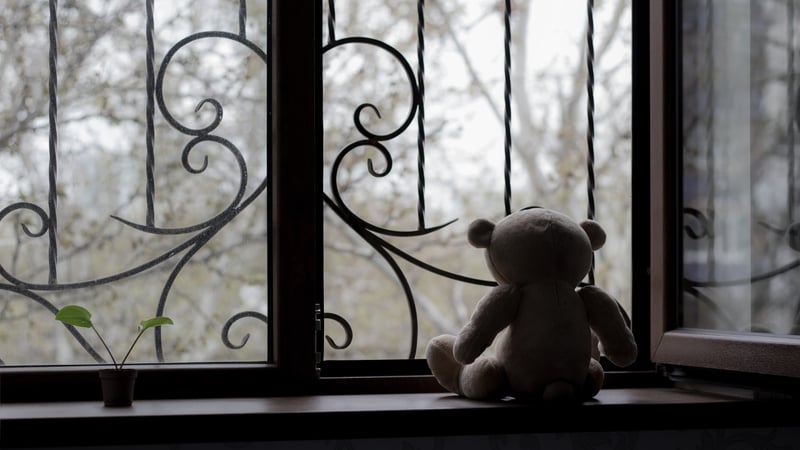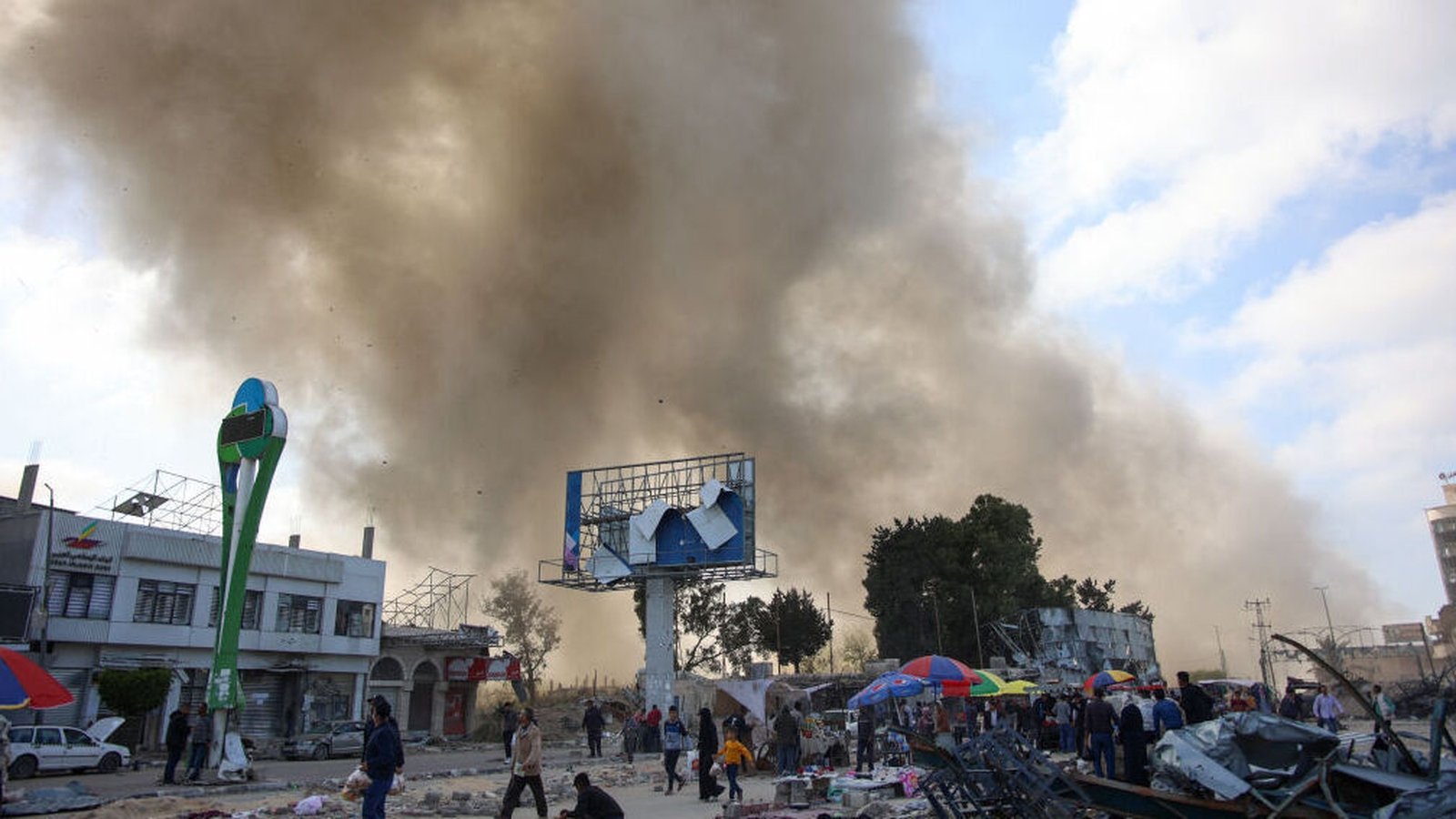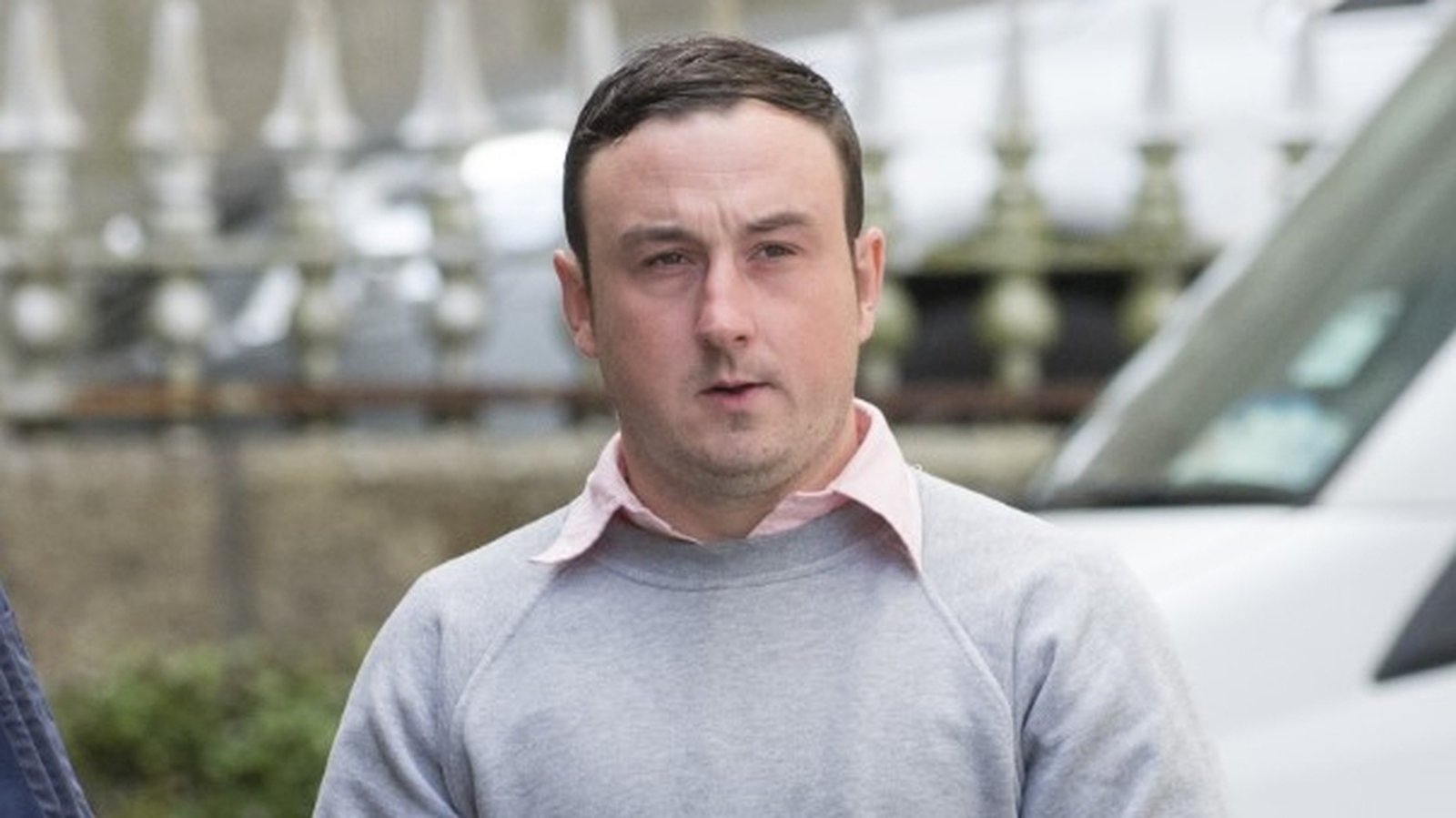Tusla centre unable to safely meet childrens needs


An inspection of a Tusla residential centre in the Southwest by the Health Information and Quality Authority in October was found, to be unable to safely or effectively meet children’s individual needs.
The centre provides care for up to three children of mixed gender aged 13 to 17 years and offers short, medium, or long-term placements.
The service had been previously inspected by the Health Information and Quality Authority in January 2022.
At that time, the service was found to be compliant in seven standards and substantially compliant in two standards.
Areas of substantial compliance related to its statement of purpose and the effectiveness of its arrangements, in reducing the high level of missing from care incidents in relation to one child.
The October inspection by HIQA found “a significant deterioration” in the capacity of the service to keep children safe and deliver the required standard of child-centred care.
Of the nine standards assessed, eight were not compliant.
The inspection report published by HIQA today says a crisis point had been reached a couple of months prior to the inspection, where it had been identified that the continued placement of the three children together was inappropriate and that for their safety, immediate action was needed to secure alternative placements.
Staff reported that they were struggling to manage and reduce children’s high-risk behaviours.
There had been an increase in the frequency of serious incidents and the levels of harm that the children were exposed to according to the report.
The three children told inspectors they did not wish to live at the centre.
HIQA has noted that lack of space presented considerable challenges in maintaining a safe and child-centred environment.
Inspectors spoke to all three children, their social workers, team leaders and Guardians ad Litem about the children’s experience of the service and joint working arrangements.
All said that current arrangements were not working, but there was a lack of agreement on the way forward.
Centre staff and managers described their experience of delivering care as ‘firefighting’ given the increase in the frequency and nature of serious incidents.
This included occasions where children were at significant risk of being harmed.
Staff told inspectors they were worried about not being able to protect the children or prevent the recurrence of serious incidents.
Although the service had stable management with oversight by regional managers, the time it had taken from initial recognition that the children were not safe living together to effectively intervening to separate them, was too long.
While managers and some front-line staff had lengthy experience working in the centre, the visibility of the management team to children and front-line staff and the on-call out-of-hours support overall was “inadequate”.
Progress was hindered by the limits of the service setting as well as ongoing delays in agreeing on placement changes. This led to a marked deterioration in the quality and safety of the service.
Children said they got on better with some staff than others, but the staff team was always changing.
They thought there were enough staff and that staff respected them. However, they also told inspectors they did not feel listened to.
The children described finding it difficult to settle at night and said that their sleep was regularly disturbed by the behaviours of others.
The children’s placements were at high risk of breakdown according to the report.
The root causes included poor quality risk assessments and management, a lack of effective multi-agency safety planning and behaviour management strategies as well as gaps in staff expertise to meet the complex needs of the children placed there.
Inappropriate matching of children’s diverse needs and the timing of their placements had contributed to poor peer dynamics, with incidents of bullying and assault.
Service operations continued to be in crisis, with upward management reporting in response to increased escalation of risks.
Social workers and team leaders together with the children’s Guardians ad Litem expressed concerns about the lack of suitable alternative placements and the ongoing delays in finding the right service and support for each child.
They said there were gaps in the levels of expertise and facilities locally available to effectively address children’s different therapeutic needs.
Together with senior managers and residential staff, they were working to try and maintain children’s relationships and school placements while other care options were being explored.
Although professional meetings were regularly taking place at the time of the inspection, there remained a lack of shared agreement about the best interests and longer-term plans for the children.
Following the inspection, HIQA issued an urgent compliance plan given the significant risks inspectors found including deficits in its risk management and child protection arrangements.
In response, the service provider progressed its plans to find an alternative placement temporarily for one child, to address ongoing concerns about their safety while seeking to make longer-term plans for all the children.
The service provider’s response, however, did not provide HIQA with sufficient assurance of the effectiveness of its risk management systems including safety planning, governance, and management oversight of the service.
In light of the decision to move one child to an alternative placement on a temporary basis, HIQA required assurances of the capacity of the service to deliver care from two different locations and of its leadership and management oversight of both settings going forward.
As a result, HIQA convened “a cautionary meeting” with the provider seeking further assurances about its leadership and governance arrangements including partnership working, risk management and longer-term measures to improve the safety and quality of the service.
A key priority was exploring actions being taken to ensure children’s individual and specific needs were effectively addressed to enable them to experience a therapeutic environment and safe, child-centred care.
HIQA reviewed the provider’s response and overall was satisfied that the leadership of the service and joint working with local social work teams had been strengthened.
Relevant actions were being taken to address previous gaps in risk management, to enhance the skills and knowledge of the workforce, and ensure children had access to the specialist assessments and support they needed.
Following the inspection, the deputy regional manager alongside the centre team, advised they had undertaken a review of children’s individual risk assessments and the centre risk register.
This aimed to ensure the required levels of support, controls, and ongoing monitoring were in place to keep children safe and address their specific needs.
Additional training has been provided for the workforce in the identification, assessment, and management of risk.



